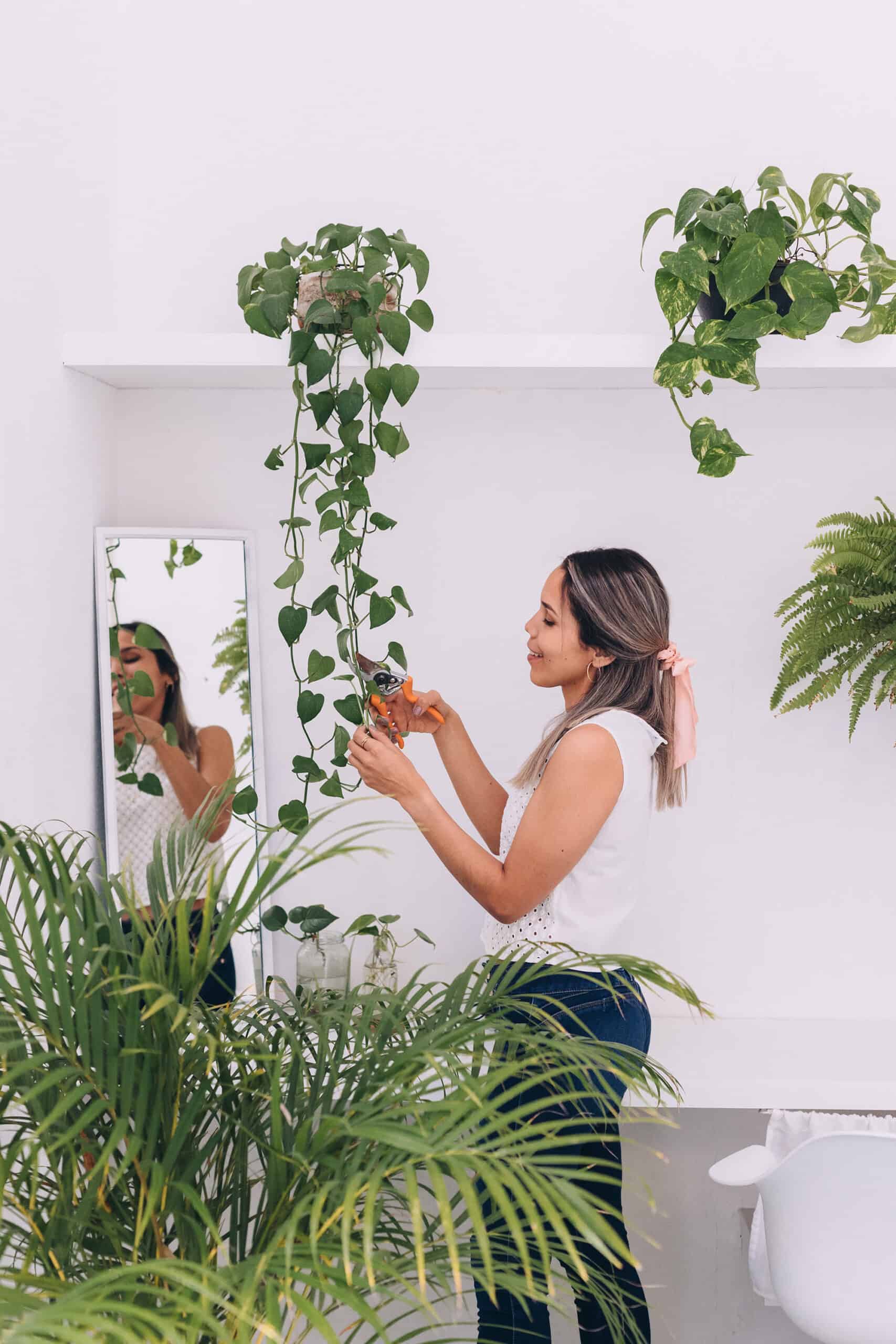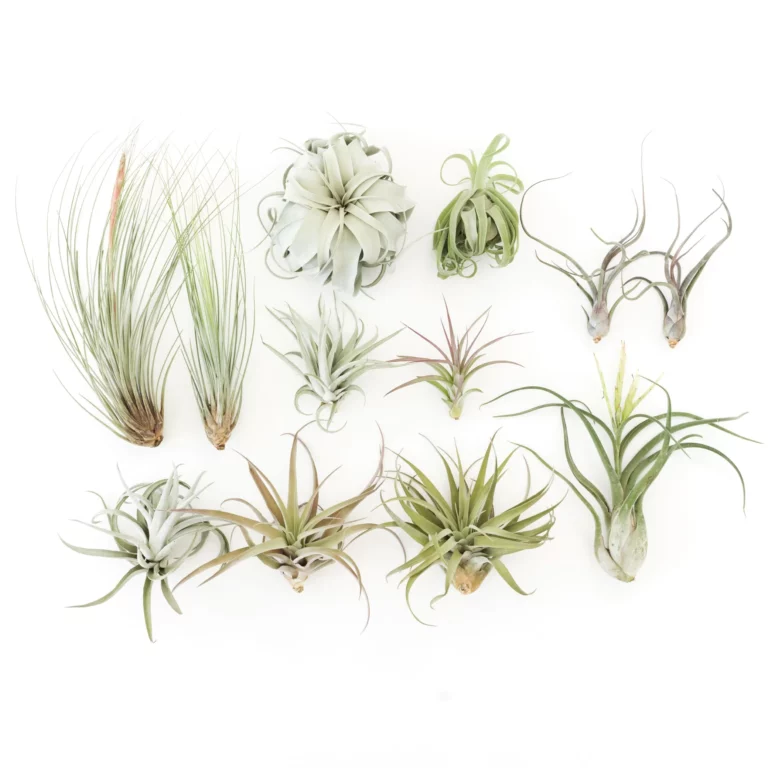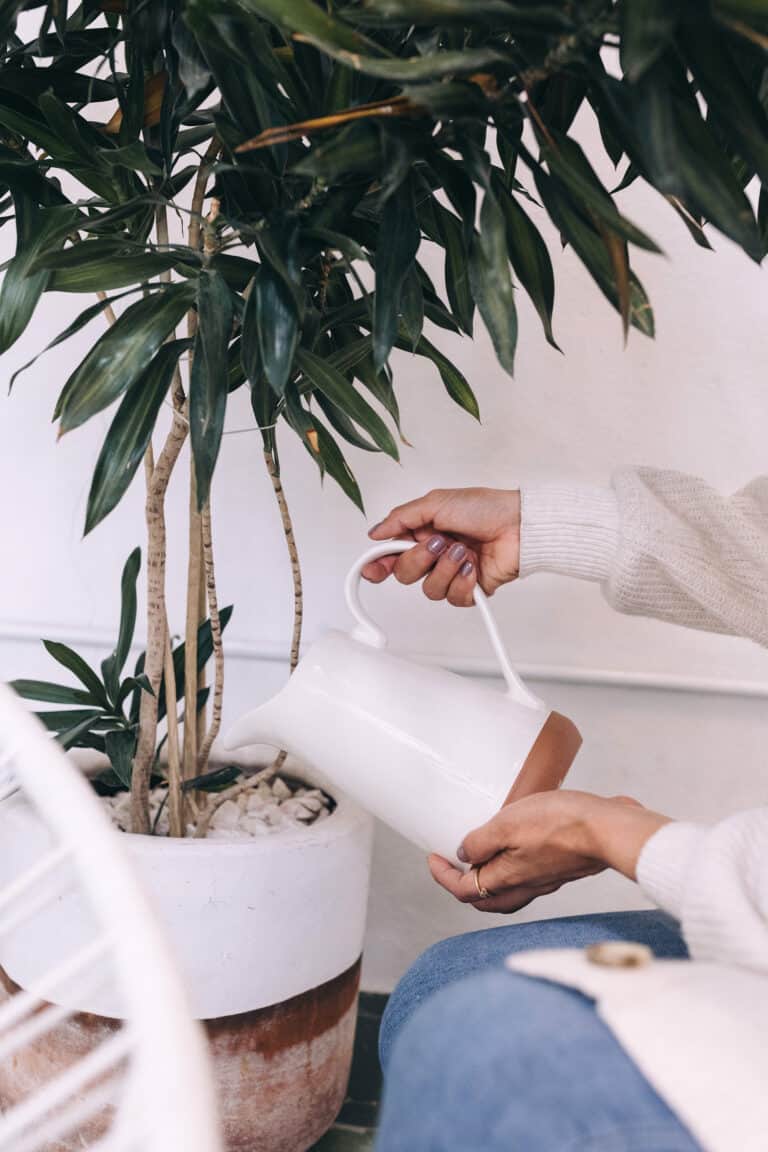How to Propagate Your Favorite Plants: A Comprehensive Step-By-Step Guide
If you have ever wished you could multiply your favorite houseplants without spending a dime on new ones, you are in the right place.
Today, i am giving you a comprehensive guide on how to propagate your favorite plants to create more of them for yourself, friends, and family!
Propagation is a simple and rewarding process that doesn’t require much experience or equipment.
It’s also an excellent way to rejuvenate old plants and keep them thriving for years to come. Let’s get started!
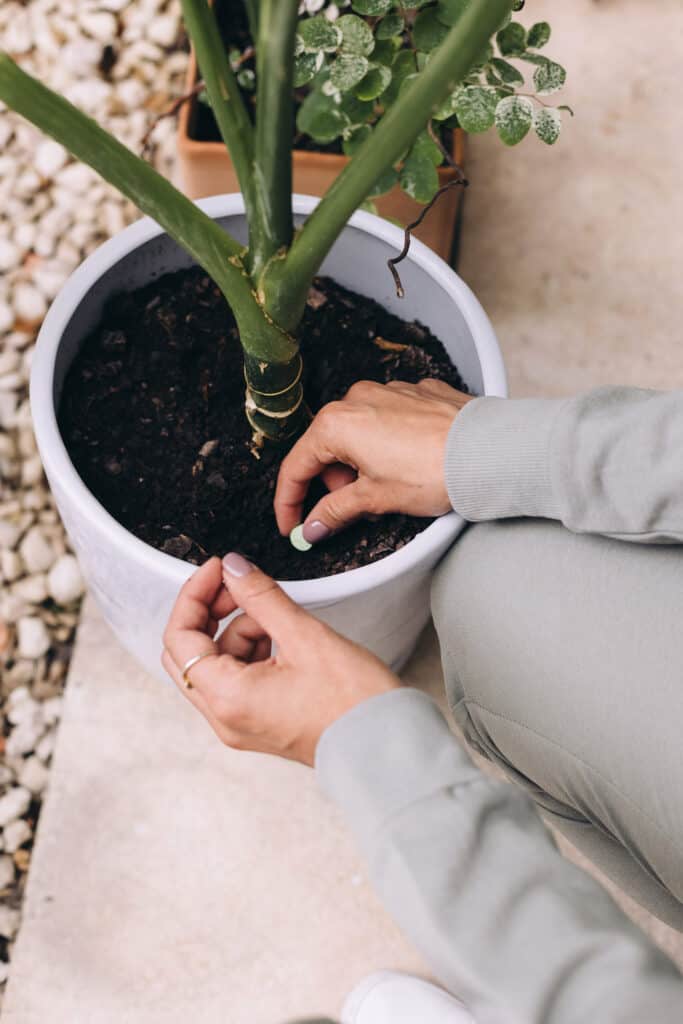
What is Plant Propagation?
In its simplest form, plant propagation is cloning your plants.
It Is creating new plants from the ones you already have.
Plus, it’s a highly rewarding and cost-effective way to expand your indoor jungle.
And the best part?
It’s easier than you think.
Step 1: Choose Your Plant
Wondering which green friend to start with?
Pothos, snake plants, ZZ plants – they’re all great first dates on your propagation journey.
Got a special one in mind?
Let’s go with that one!
Step 2: Identify the Propagation Method
All plants don’t speak the same propagation language
That’s what makes it so exciting!
Here are a few words from the plant propagation dictionary:
Cutting: Snip a stem, leaf, or root and let it lead in this drama.
Division: Plants with clusters or offshoots (Hi, snake plants! Hey, spider plants!) can be gently split into smaller stars.
Layering: A method that’s as thrilling as it sounds, making roots grow on a stem while it’s still part of the main plant!
We’ll stick to ‘Cutting’ for this guide – it’s like the ‘Expelliarmus’ of the propagation world!
Step 3: Prepare Your Tools
Ready to get started?
First, you’ll need a clean, sharp pair of gardening shears or a knife.
Just like washing our hands before a meal, disinfecting your tool with rubbing alcohol keeps plant diseases away.
You’ll also need a pot filled with fresh potting mix or a glass of water.
Keep your plant preference in mind while choosing.
All set? Let’s roll up our sleeves and get propagating!
Step 4: Make Your Cutting
Spot a healthy, grown-up stem on your chosen plant.
Now, just like a tailor measuring cloth, make a 4-6 inch cut from the tip.
And here’s a trick cut just below a node; that’s where the leaves hold on to the stem. This is known to boost root growth.
Step 5: Prepare Your Cutting for Rooting
Next up, gently pluck off the lower leaves from the stem cutting.
Here’s a small secret – keep only the top two or four leaves.
This nudges the cutting to concentrate on rooting. After all, rooting is a big step for your little green baby!
Step 6: Rooting Your Cutting
And now, the most thrilling part ;rooting your cutting.
Let’s see how it’s done:
Water Rooting: Just like dipping a biscuit in tea, submerge your cutting (nodes and all) in a glass of water. Find a spot with bright, indirect light for your glass.
Freshen up the water every week and sit back.
You’ll see roots popping up in a few weeks, just like magic!
Soil Rooting: If you’re feeling a bit adventurous, dip the cut end of your stem into some rooting hormone. Then, tuck it into a pot filled with fresh potting mix.
Water it lovingly, find a sunny spot with indirect light, and watch your baby plant come to life!
Step 7: Keeping Tabs on Your Cutting
In the upcoming weeks, become your cutting’s paparazzi!
If you’re water rooting, you’ll literally see the roots as they grow.
If it’s in soil, look for new sprouts.
That’s usually a sign of roots springing to life. Keep the water coming but don’t turn it into a flood.
we don’t want any root rot happening!
Step 8: Planting Your Cutting
Once your cutting has sprouted a nice set of roots, it’s time for the housewarming party.
If your cutting is in water, gently move it into a pot with fresh potting mix.
It might be time for a roomier pot if it’s in soil.
Either way, shower it with the same love you’d give a full-grown plant.
As your plant family grows, so does your responsibility – take care of them!
Wrapping Up
Propagating your favorite plants is not only a fun project but can save you a lot of money in the long run.
With the right tools and techniques, you can easily create new plants from your existing ones.
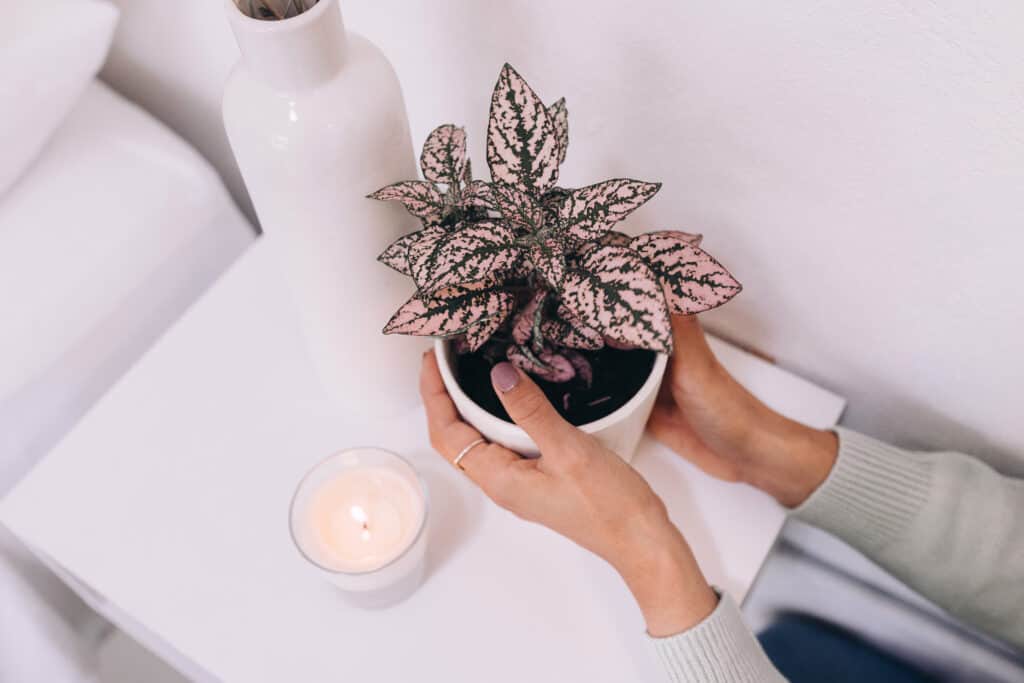
Has a particular plant caught your eye for your first propagation?
Share your plant choice in the comments below!
Want a deeper dive into the plant world? Grab our free guide.

